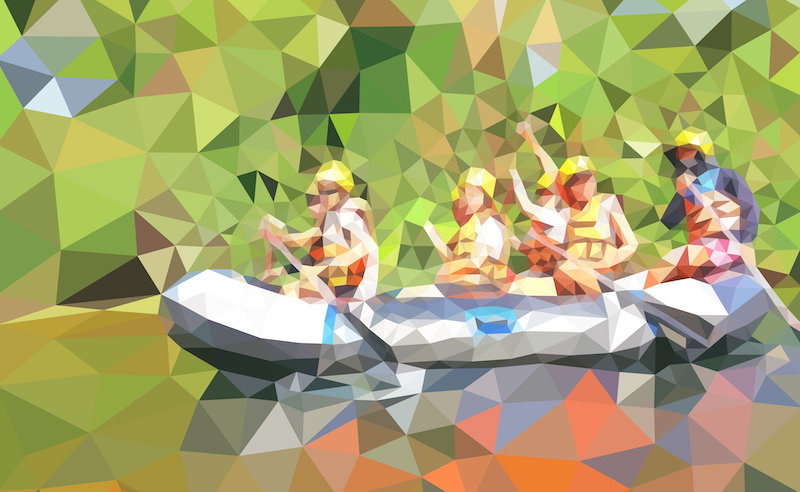Water safety during Covid-19
CRJ Advisory Panel Member,
Rob Fagan says that although restrictions might be lifting around the world, it is important not to let our guards down when it comes to taking up leisure activities - safety must always be a priority. He outlines an online course that offers refreshers about water safety, with helpful pointers and good advice for all walks of life.
 Many are heading back to the ocean, going to the beach, swimming in a pool, lake or river, kayaking, canoeing and fishing. While water-based activities are undoubtedly fun, water also kills indiscriminately regardless of age, sex, background or citizenship. Image: narinbg/123rf
Many are heading back to the ocean, going to the beach, swimming in a pool, lake or river, kayaking, canoeing and fishing. While water-based activities are undoubtedly fun, water also kills indiscriminately regardless of age, sex, background or citizenship. Image: narinbg/123rf
People around the world are starting to feel the lessening effects of Covid-19. There are areas where the transmission rate is low, the vaccination rate is high and there is a global desire to return to normal. Even wearing a mask and practising good social distancing, people naturally want to escape and participate in some form of leisure activity. This is healthy, necessary and good for personal and organisational resilience. However, one of the lingering problems with the pandemic is that people will tend to reacquaint themselves with things they haven’t done for a long time as though it was yesterday. Other emergencies and safety issues did not simply go away or abate because of the coronavirus pandemic.
A case in point is water safety.
Many are heading back to the ocean, going to the beach, swimming in a pool, lake or river, kayaking, canoeing and fishing. While water-based activities are undoubtedly fun, water also kills indiscriminately regardless of age, sex, background or citizenship. Drowning is a big deal. It is the third largest cause of accidental death in the world. Additionally, it is natural to think that those who are swimming or fishing are the most susceptible to drowning. This is not true! People who go walking or jogging are often at far greater risk than others.
Fortunately, the UK’s West Mercia Search and Rescue Organisation has a free course entitled: Home and Dry: No More River Deaths to help enhance water safety awareness.
Although the group claims to be: “Saving lives in Shropshire, Herefordshire and Worcestershire,” with over 16,000 participants enrolled on the course to date, I’m sure that its reach goes well beyond the UK. The course is available online with videos, or it can be downloaded it as a PDF file for personal viewing or presentation to another group. I’m a veteran of a lot of water safety training and the problem is often that the topics can be stove-piped and unnecessarily over-specialised.
West Mercia breaks it down well giving us the science, the problems and the solutions of what to do in various situations from a layperson’s perspective. The course talks about encounters with waters in various forms to include flood waters – a particularly nasty experience. It also informs about technical problems with strainers and weirs. Most importantly though, the course walks through some simple problem prevention techniques, what to do in different kinds of water emergencies, and “how to look after your mates” with this fine contribution to remember: “If your mate’s on the beer, keep them well clear.” Great advice indeed!
Lastly, West Mercia recognises that even after all that has been done to prevent or address a problem, somebody might still need to be rescued with: 'Talk, Reach, Throw' being the basic sequence of priorities. The website uses the phrase: 'Shout, Reach, Throw' and in the US, 'Reach, Throw, Row, Go' is often used. Regardless, the learning point is for the rescuer to think through increased risk, while always keeping themselves as safe as possible so as not to create additional victims.
The course also addresses first aid through the recovery position, rescue breaths and chest compressions. This course can be applicable to everyone, especially if for families or groups of people visiting a destination close to water. For those who may want it for workplace or volunteer group qualification purposes, a certificate is available for downloading at the end of the course. It is worth spending forty-five minutes with this course. It’s a great review of many things you already know, but I guarantee that there will be something new in here, because it’s one of the most comprehensive water safety awareness courses I have come across.
Train today; live tomorrow!